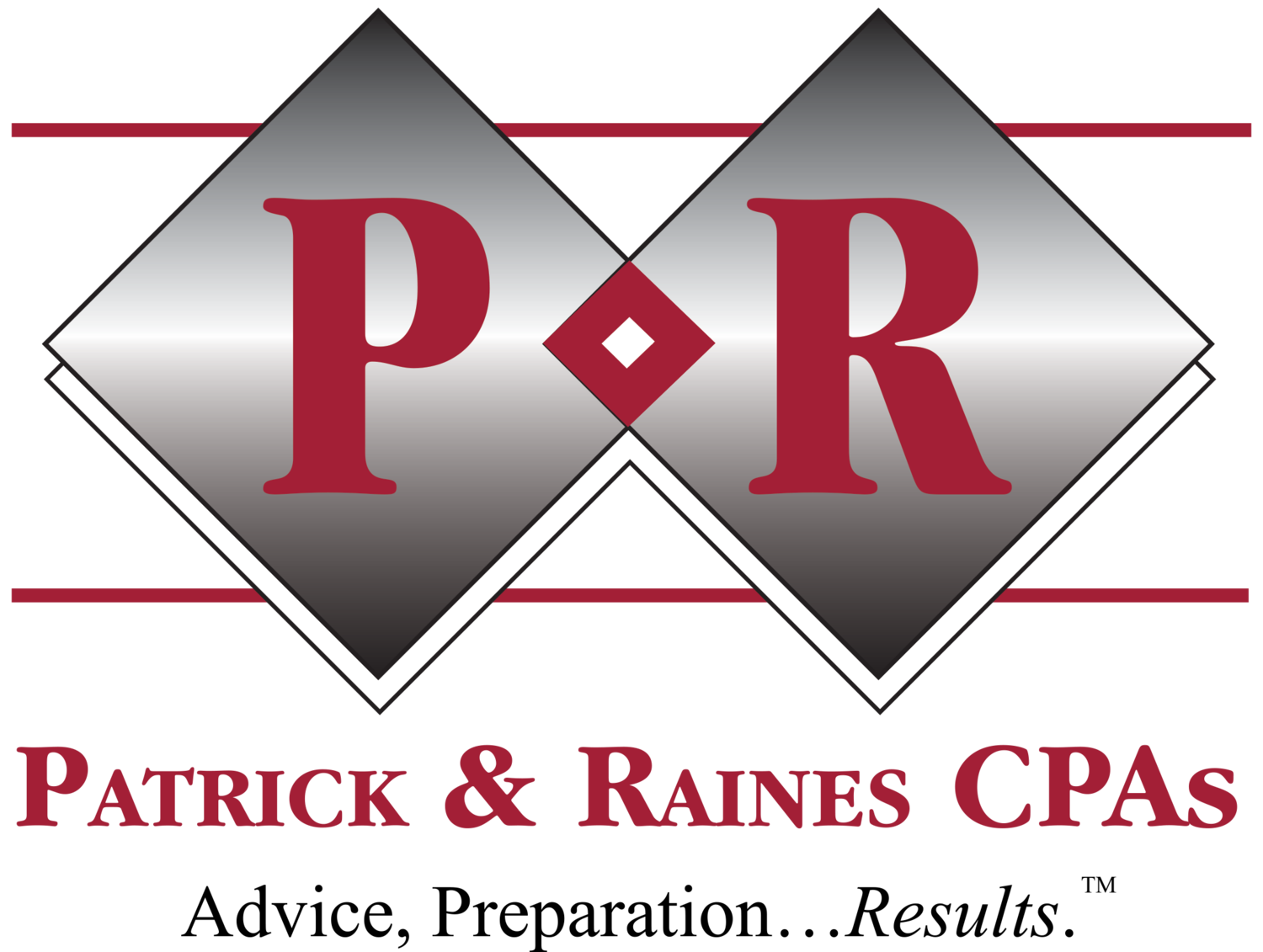Did you owe too much with your tax return?
If you faced an uncomfortably large bill when filing your individual tax return, take action now to avoid the pressure next April 15.If you’re an employee, your employer likely withholds your payroll tax. You may need more taxes withheld if changes in circumstances occur, such as:
- a large pay increase,
- change in marital status, or
- self-employed spouse or second job.
Your employer withholds taxes according to information you provided on your W4, Employee’s Withholding Allowance Certificate. If you need to make a change, simply complete a new W4 and give it to your employer or human resources department.Need help filling out the form? Try the IRS’ Withholding Calculator Tool.If you’re self-employed or don’t want your employer to adjust your withholding, you can pay estimated tax.You should make these estimated payments if you expect to owe $1,000 or more when you file next year’s federal tax return. (If you live in a state with income tax, you’ll likely face state estimated payments also.)If a CPA or enrolled agent prepared your taxes last year, he or she likely advised you how much estimated tax to pay and provided you with payment coupons.If you didn’t receive professional assistance, you must estimate your expected income, including any tax deductions or credits you can claim.High-income individuals may prefer to simply prepay the safe harbor amount of 110% of last year’s total tax bill to avoid paying penalties on tax due. (If you experienced a significant increase in income, you may still pay a large amount with your return—but no penalty.)Estimated tax payments are generally due April 15, June 15, September 15 and January 15. Note that the IRS expects timely payments, so waiting until January 15 of the year your tax return is due to make your entire payment will likely earn you a late payment penalty.For professional tax services and accounting and Tomorrow’s Advice TodayTM, contact Patrick & Robinson CPAs at Office@CPAsite.com or 904-396-5400.

